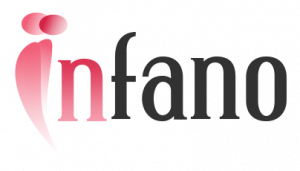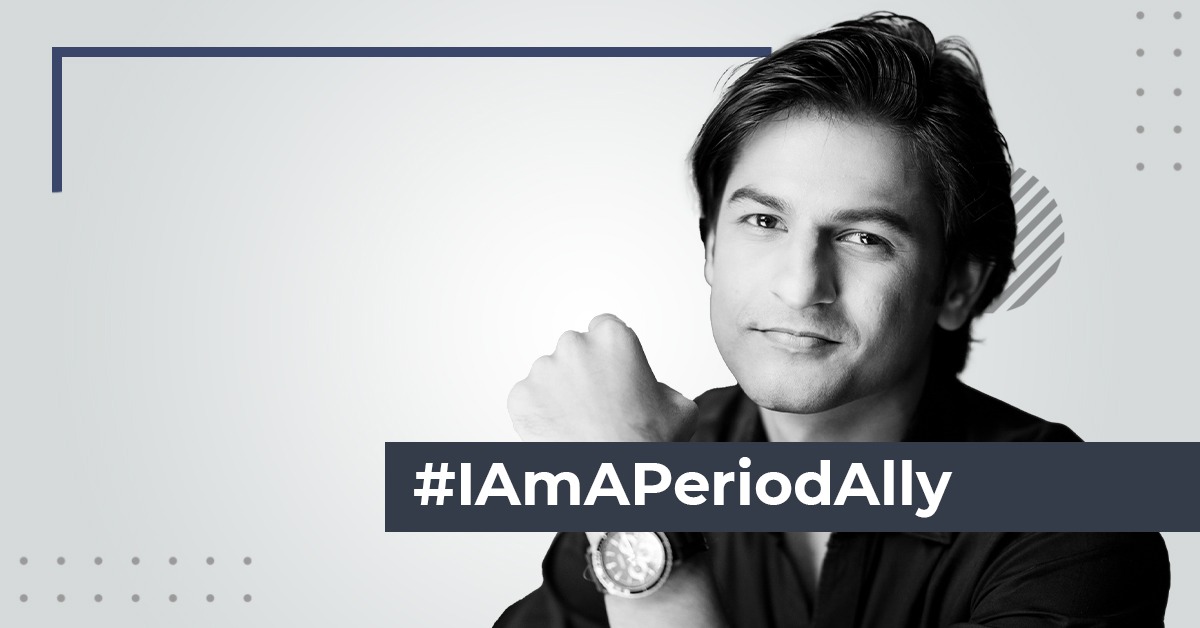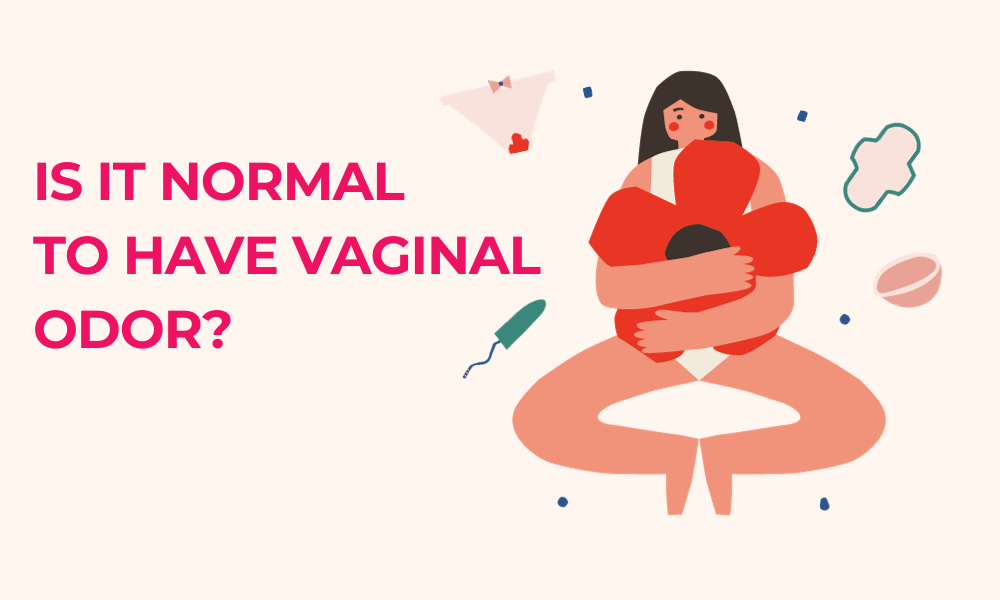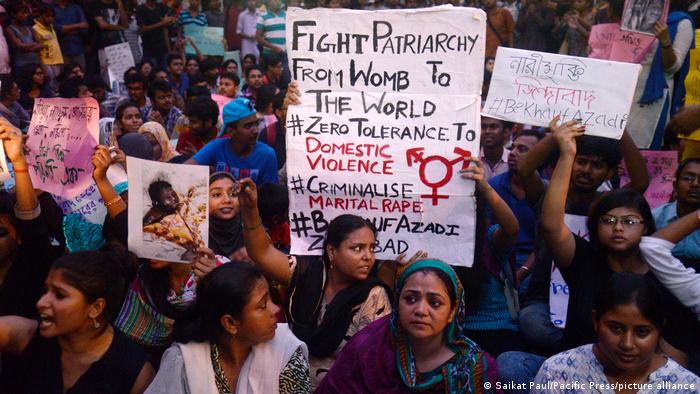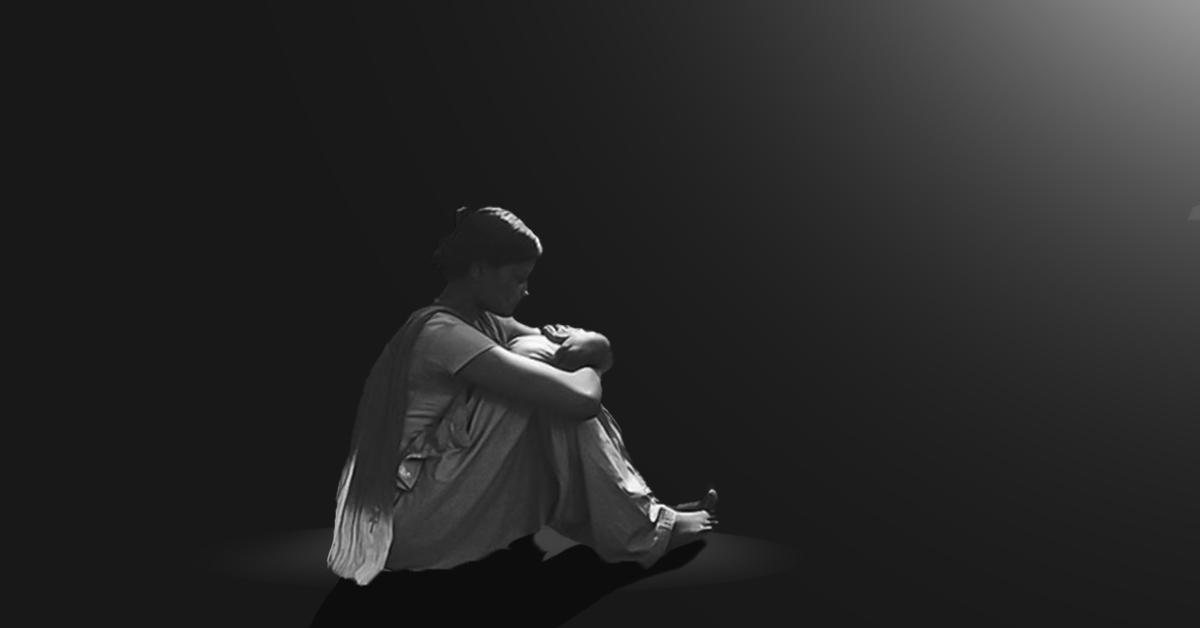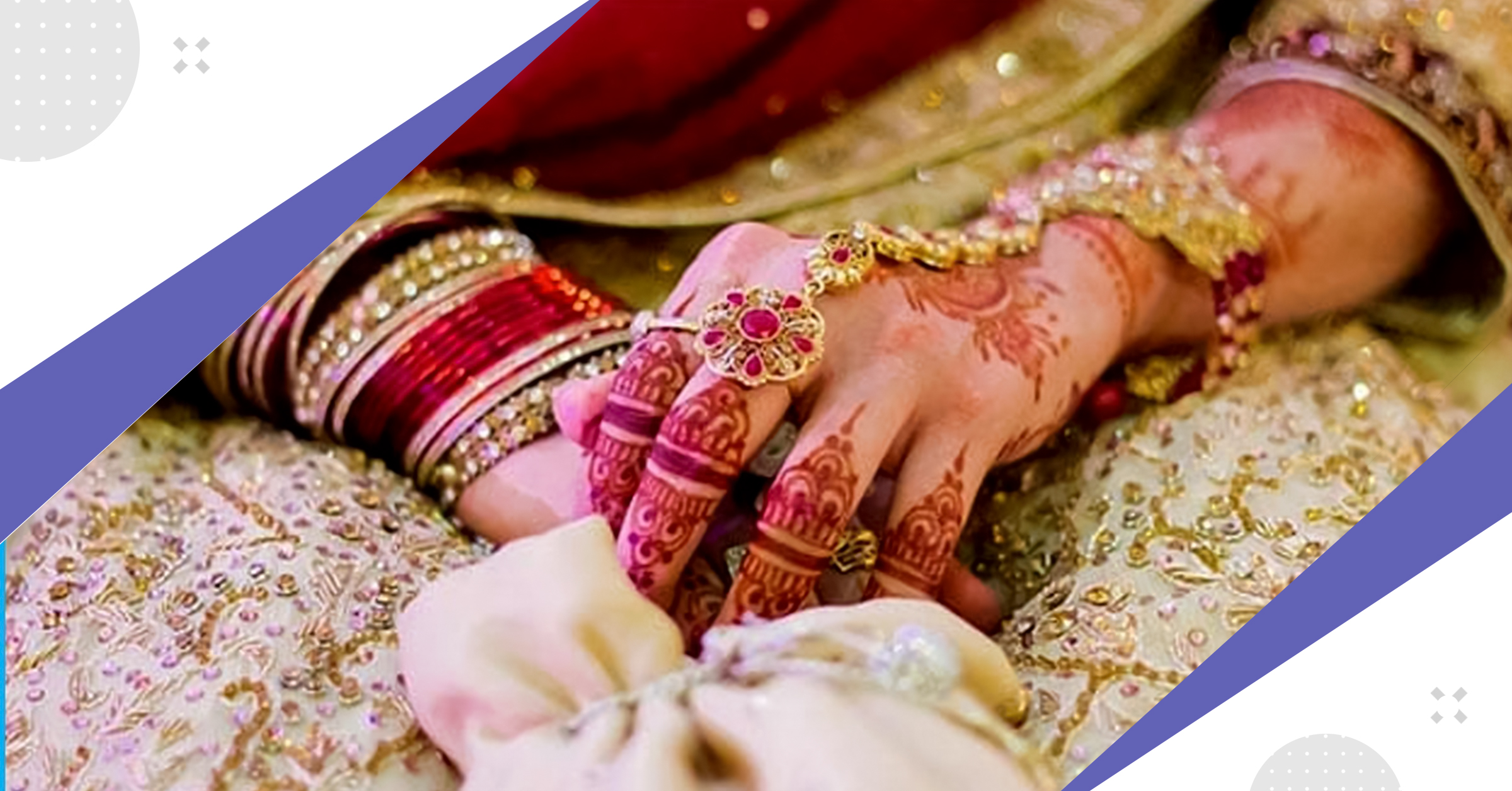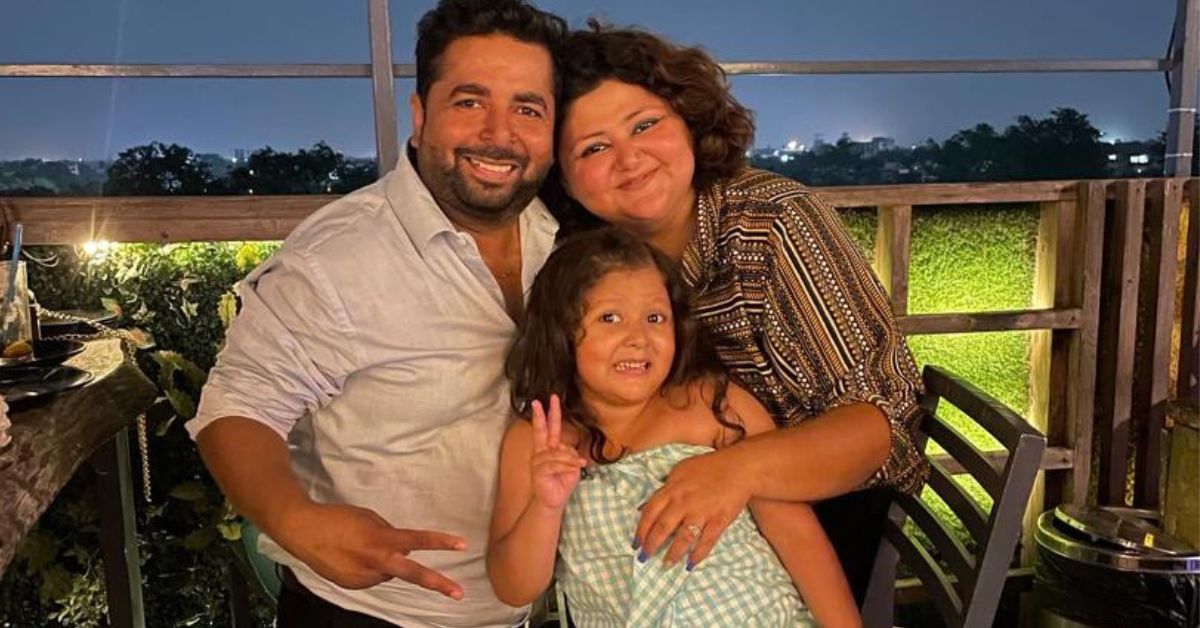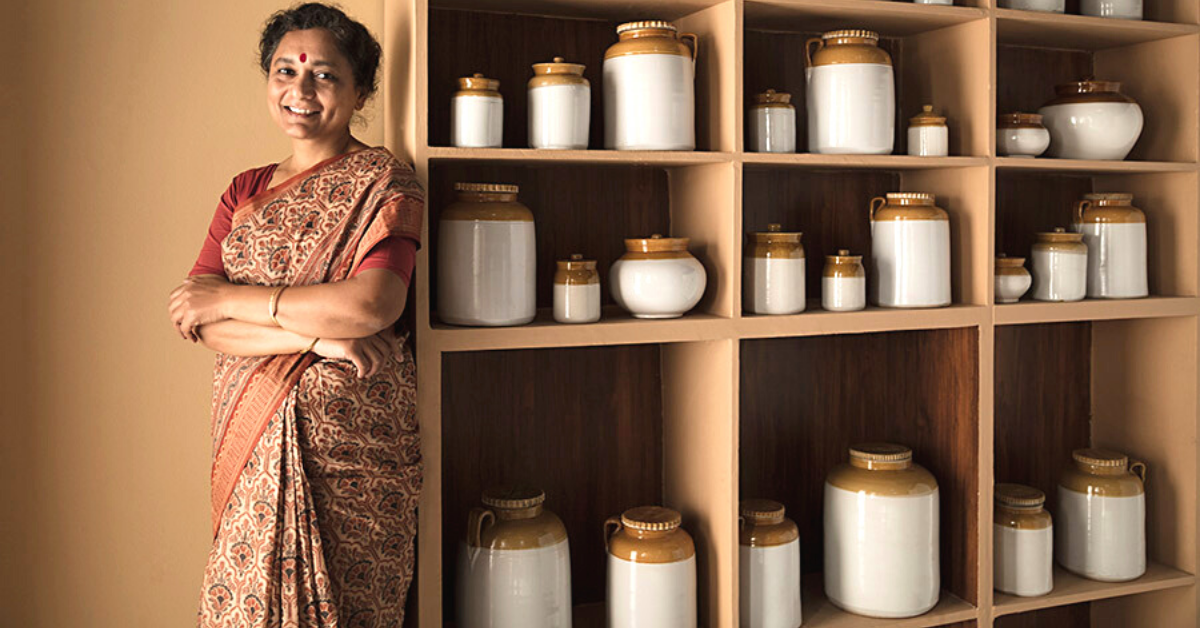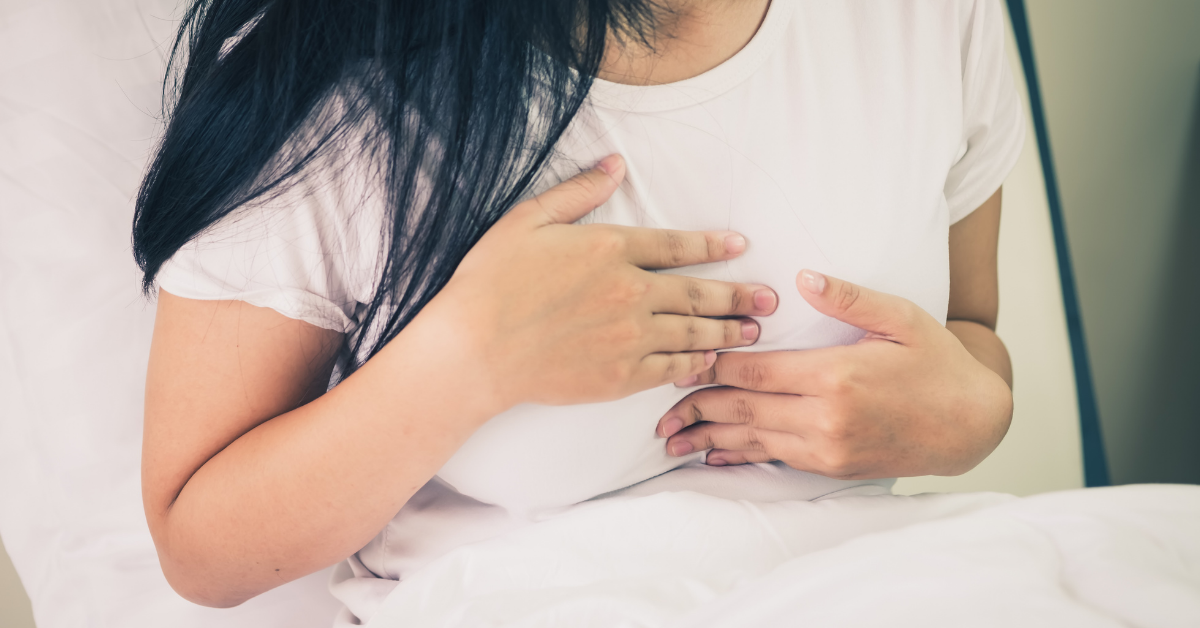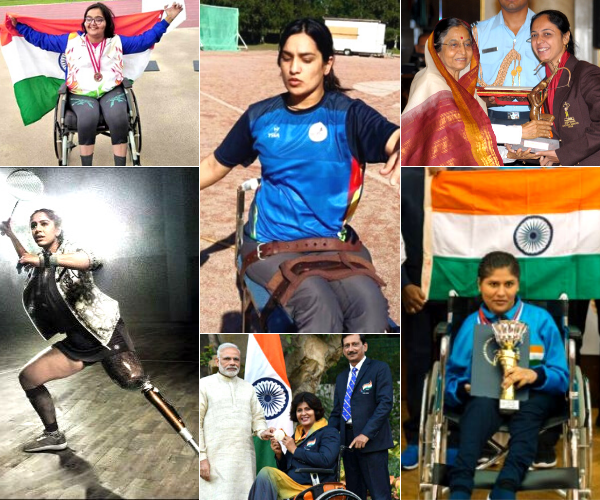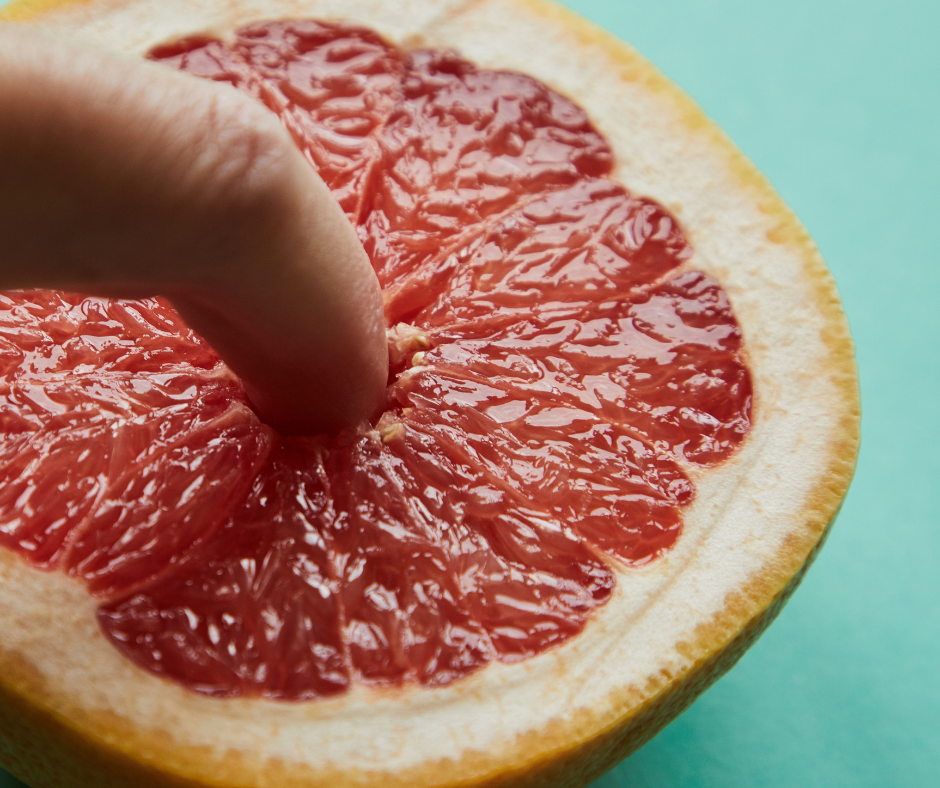When it comes to India, one can never say that there is enough menstrual literacy and awareness because of the poverty and illiteracy that exists among the population. Boondh is a hybrid enterprise started by Bharti Kannan who noticed a gaping hole in menstruation-related interventions, activism and advocacy. Co-founder Sonal Jain came on board when they and Bharti met.
Today, after five years Boondh is seven members strong and like they say, they are working hard to make menstruation a ‘non-issue’ in the country. They work on sustainable products, menstrual literacy, advocacy, policy and programming. Boondh offers a range of menstrual cups and cloth pads while also hosting workshops or capacity-building programs with varied stakeholders.
Bharti Kannan, strives to be a conscientious entrepreneur hoping to bring about positive outcomes along the themes of gender, health and environment. She was awarded the Priyadharshini Achievers Award 2021 by the Karnataka Mahila Congress for her achievements and contributions in the Menstrual Health and Hygiene Sector; she was also selected to participate in the Royal Academy of Engineering Frontiers of Engineering for Development symposium on the theme “WASHing away inequalities”, co-hosted by Fomento Mexicano in Mexico City, 2019. Bharti was also a Representative, Women’s Major Group (WMG) at the United Nations Environment Assembly (UNEA 2019), Nairobi, sponsored by Women’s Environment and Development Organization.
From building menstrual life skills to advocating for sustainable period products to raising awareness about menstrual disorders – Boondh’s outreach work is carried on through various programs, campaigns and workshops, each designed and contextualized to suit the specific audience group. “We believe strongly in the power of safe, non-judgemental spaces, experience sharing and active listening, and strive to realise these tenets”, say the founders.
Sonal Jain is not only a Menstrual Health Advocate and lives with PCOS & PMDD. They have been an MHH (Menstrual Health & Hygiene) facilitator since 2013. Their previous work includes facilitating teams for World Merit UK in the space of environmental sustainability and education. Their everyday activities include empowering conversations and living mindfully. And that is why the values and mission of Boondh resonates with them.
Mission and Vision
Boondh is also very Intersectional Feminist in a way that is conscientious of how caste, gender, capital, religion, etc interplay in everyday menstrual experiences and choices.
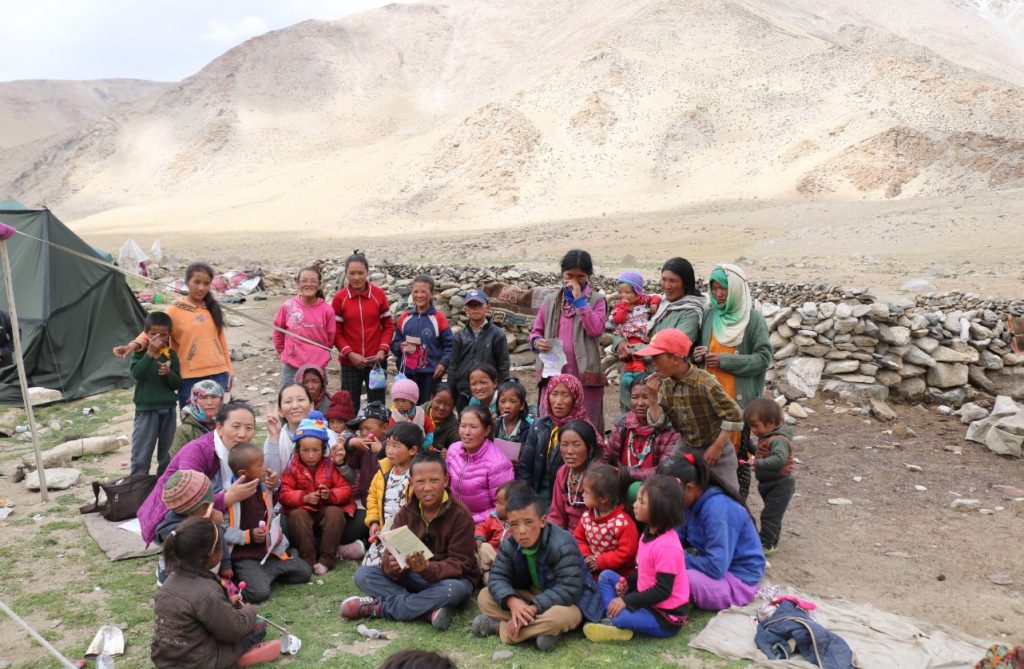
They are eco-conscious towards urging for sustainable ways of program delivery and in turn WASH infrastructure development. Their campaigns include advocating for sustainable menstruation methods by switching, which are also available on their website to shop from. Through their outreach programs they have sponsored cups for economically under privileged menstruators in Leh Ladakh to fisherwomen and govt. health workers in Kerala in the south, domestic helpers in Kanpur and menstruators in West Bengal, Hyderabad and Uttarakhand.
Advocacy through art
Among other programs, The Crimson Wave is a non-profit initiative in menstrual art by Boondh. Titled after a common euphemism used to describe one’s period, this project aims to bring the dialogue on menstruation to the mainstream.
The central idea of the project is to curate artwork about periods, myths about menstruation and different representations of female biology from a diverse range of artists across the world. It is India’s first traveling menstrual art exhibition. Exhibited in a different city each year leading up to Menstrual Hygiene Day, TCW has traveled to Chennai, Bangalore Goa and Delhi so far, and went online for its 2020 edition.
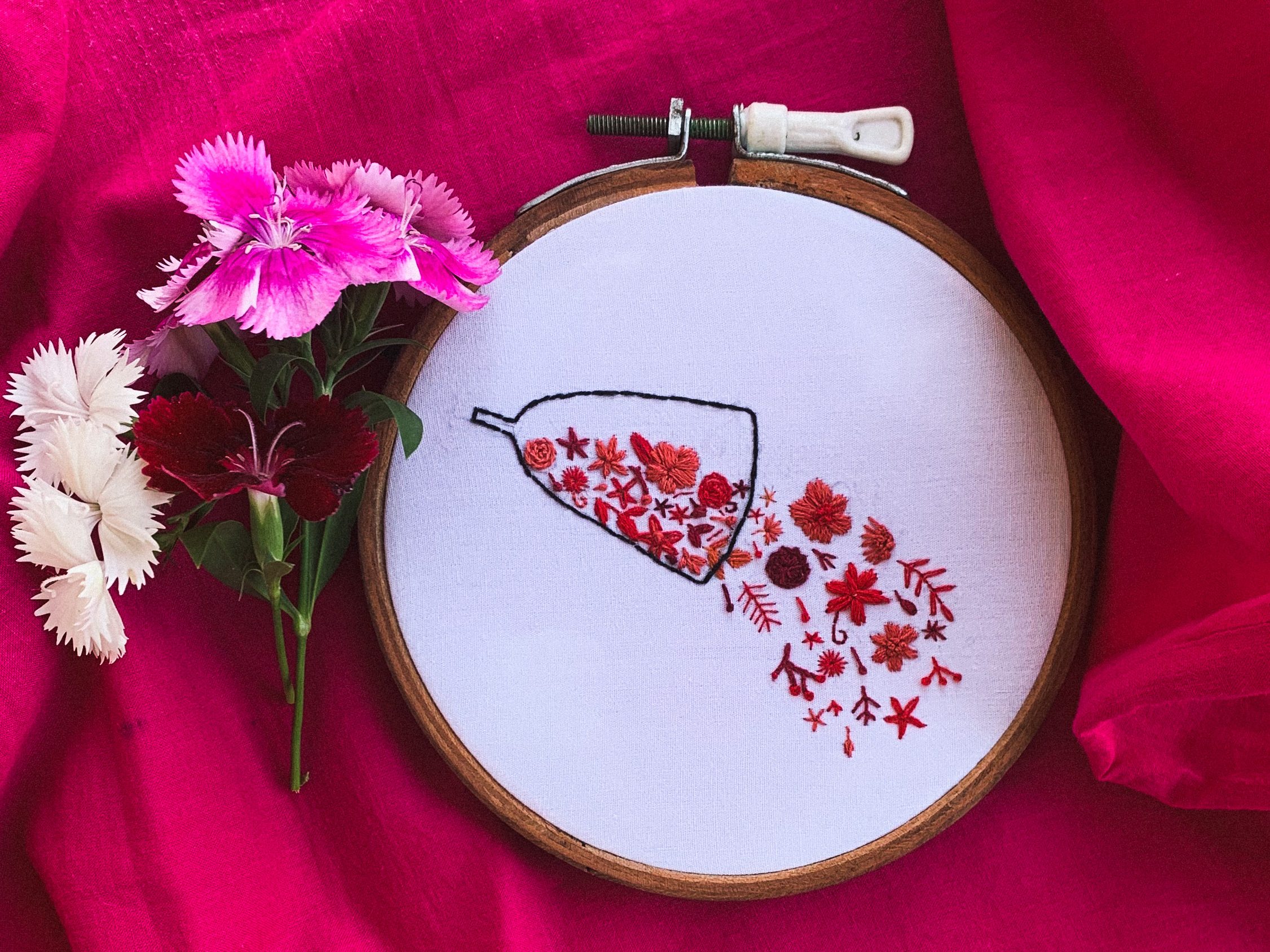
Erythrean, a sub-project of The Crimson Wave, features artworks created through the medium of menstrual blood. “We’re always taking in new submissions so if you have a story to tell through your art, you can submit it at our website”.
Over the years, Boondh has worked with corporate and development sector organizations alike, building menstrual interventions to impart menstrual life skills, advance menstrual literacy, raise awareness about alternative menstrual product options as well as improve menstruation-related organisational policy and infrastructure.
“For beneficiaries who opt for sustainable menstrual products, we also integrate a supply chain of Boondh Menstrual Cups and Boondh Cloth pads”, says Sonal.
Boondh also conducts workshops for campus youths and aspiring change makers, green period educator program for workplaces that spark conversations on sustainable menstruation and menstrual health by creating a menstruator friendly environment.
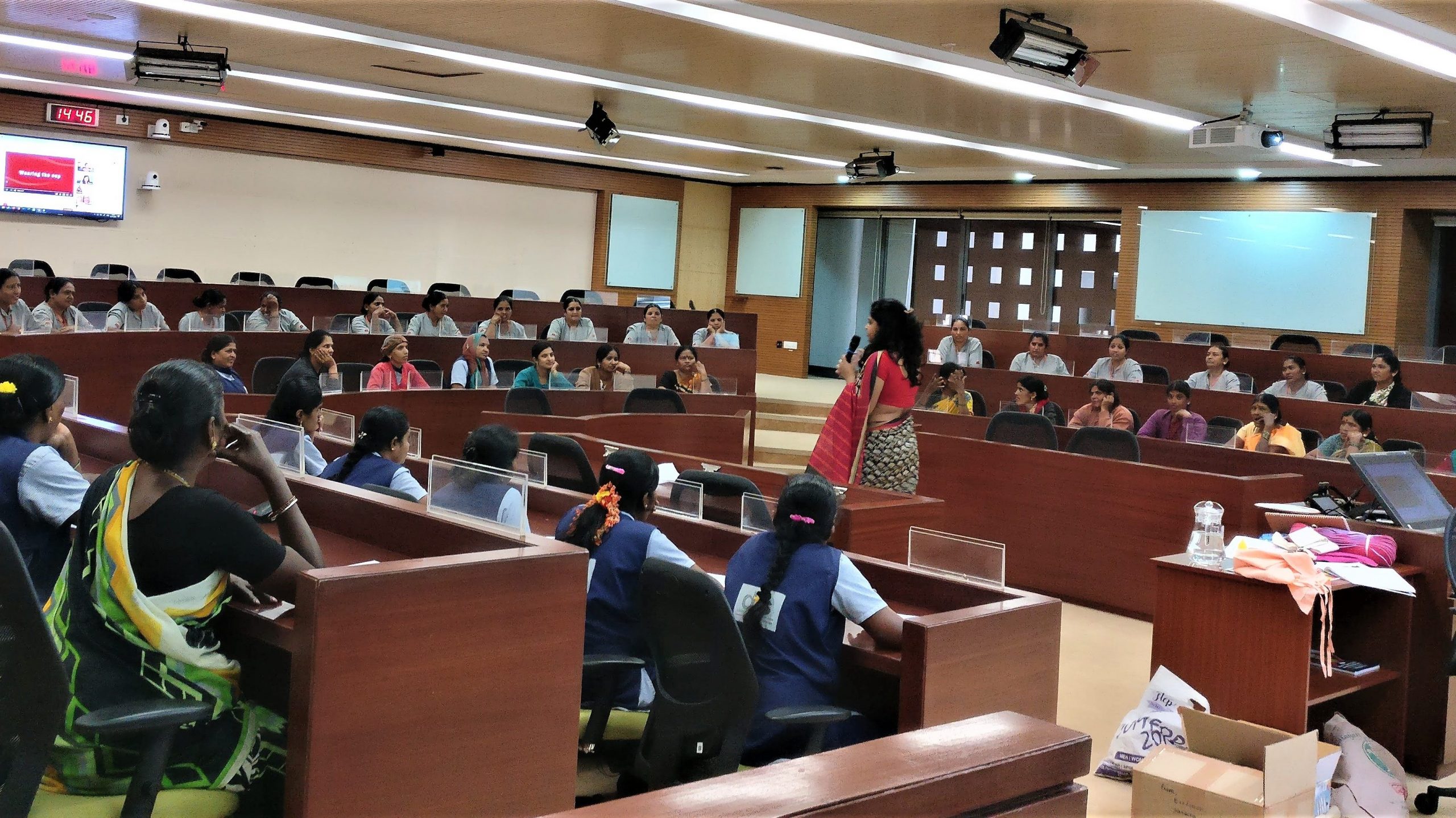
Their Resource Toolkit Reporting Guidelines is consciously designed to make discourse about menstruation more representative, accurate and holistics for media persons and is a solid starting point towards enabling refined discussions and reportage surrounding menstruation. Boondh’s development of Minimum Standards in Prisons for Menstrual Hygiene along with this toolkit has been recognized by the Karnataka Mahila Congress with the Priyadarshini Award for achievements in the Menstrual Health and Hygiene Space.
“Our mission keeps the menstruator at the centre of the ecosystem, attempts to be participatory in seeking menstruator choices, decisions and approaches to addressing change through an intersectional feminist approach”, they say.
Boondh is a recipient of a grant for menstrual advocacy to the tune of 37000 GBP from Amplify Change through a fiscal sponsor. Boondh represented the Women’s Major Groups (WMG) as part of the Major Groups in the United Nations Environment Assembly held in Nairobi in 2019. It was also among 3 selected social enterprises to exhibit its work and impact as part of the Laureate Global Fellowship in DC, USA in 2018.
Today, what Boondh is doing may just be a drop in the ocean but remember, it is such drops that maketh the ocean.
